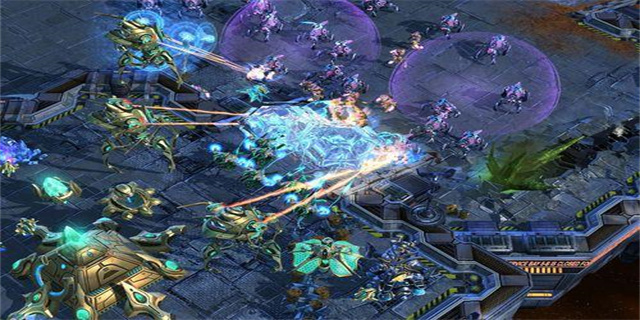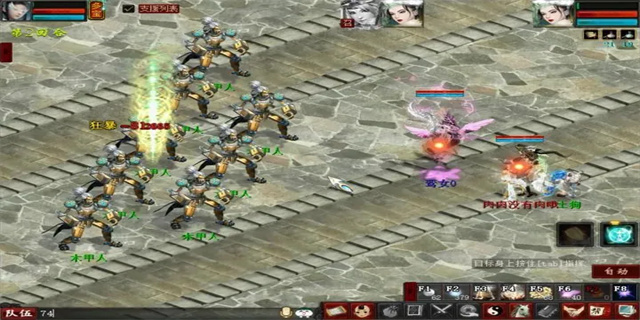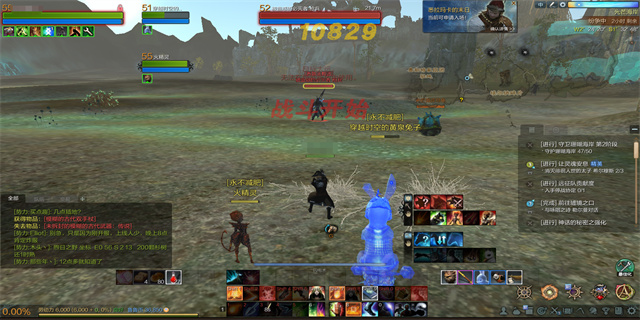millenium(Y2K Bug The Turn of the Millennium)
Y2K Bug: The Turn of the Millennium
The Arrival of a New Millennium
The turn of the millennium, from December 31, 1999, to January 1, 2000, marked a significant moment in history. The year 2000, also known as Y2K (Year 2000), was surrounded by anticipation and concerns due to the Y2K bug. This bug referred to the potential computer programming issue that could cause widespread system failures and chaos as computers would not recognize the change from 1999 to 2000. In this article, we delve into the Y2K bug, its impacts, and how the world braced itself for this technological challenge.
The Y2K Bug and Its Implications

At the heart of the Y2K bug were the limited storage capacities and programming practices of early computer systems. Many computer programs, especially those developed before the 1990s, represented years using only the last two digits. For instance, the year 1998 was stored as \"98\" instead of \"1998.\" As a result, when the calendar turned over to the year 2000, computers would mistakenly read it as \"00,\" potentially causing a range of malfunctions.
The Potential Consequences and Precautions

The consequences of the Y2K bug had the potential to disrupt various sectors across the globe. Critical industries such as finance, aviation, and healthcare heavily relied on computer systems to function optimally. Failure to address the Y2K bug could have resulted in incorrect calculations, disrupted supply chains, and even compromised flight safety systems. As a result, companies and governments worldwide developed comprehensive Y2K readiness plans, investing significant time, effort, and resources into updating and testing computer systems.

Preparations included extensive software updates, hardware replacements, and thorough testing of systems to ensure their compatibility with the new millennium. Companies established Y2K task forces, bringing together IT professionals and experts to identify and rectify potential Y2K issues. Governments collaborated with businesses to share information, establish protocols, and mitigate risks at a national level.
The Turning Point and Post-Y2K Reflections
As the clock struck midnight on December 31, 1999, the world held its breath, waiting to see if the anticipated chaos would unfold. Fortunately, the Y2K bug did not cause the widespread catastrophe that many had feared. Thanks to the meticulous preparations made by organizations worldwide, the impact of the Y2K bug was largely minimized. It was a moment that showcased humanity's ability to come together and tackle a global technological challenge.
The aftermath of the Y2K bug left lasting impressions on the technology industry. The monumental effort to prevent Y2K failures highlighted the importance of proper coding practices, system testing, and investment in robust infrastructure. It served as a wake-up call for both individuals and organizations to recognize the significance of technological risks and prioritize their mitigation.
In conclusion, the turn of the millennium and the Y2K bug captured the world's attention and prompted unprecedented preparation. The Y2K bug, while initially feared for its potential to disrupt vital computer systems, ultimately showcased humanity's resilience and ability to overcome technological obstacles. The legacy of the Y2K bug serves as a reminder of the importance of constantly evolving and adapting to the ever-changing landscape of technology.
Y2K Bug: The Turn of the MillenniumThe Arrival of a New Mill
2024-04-25

















